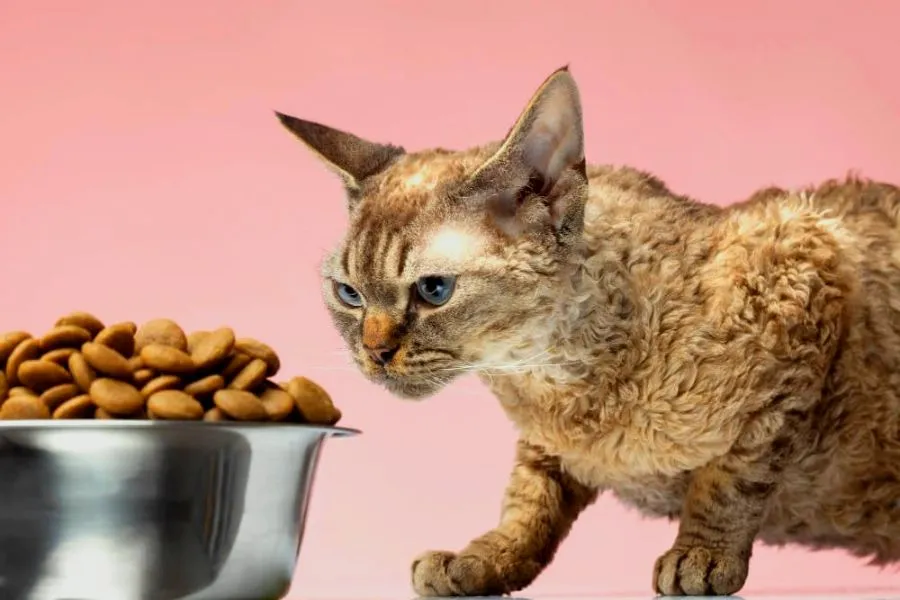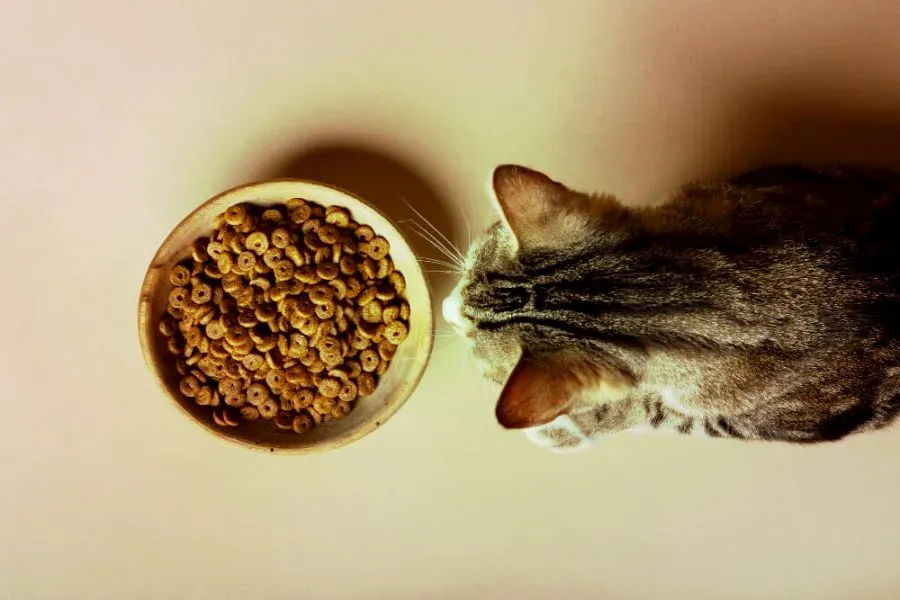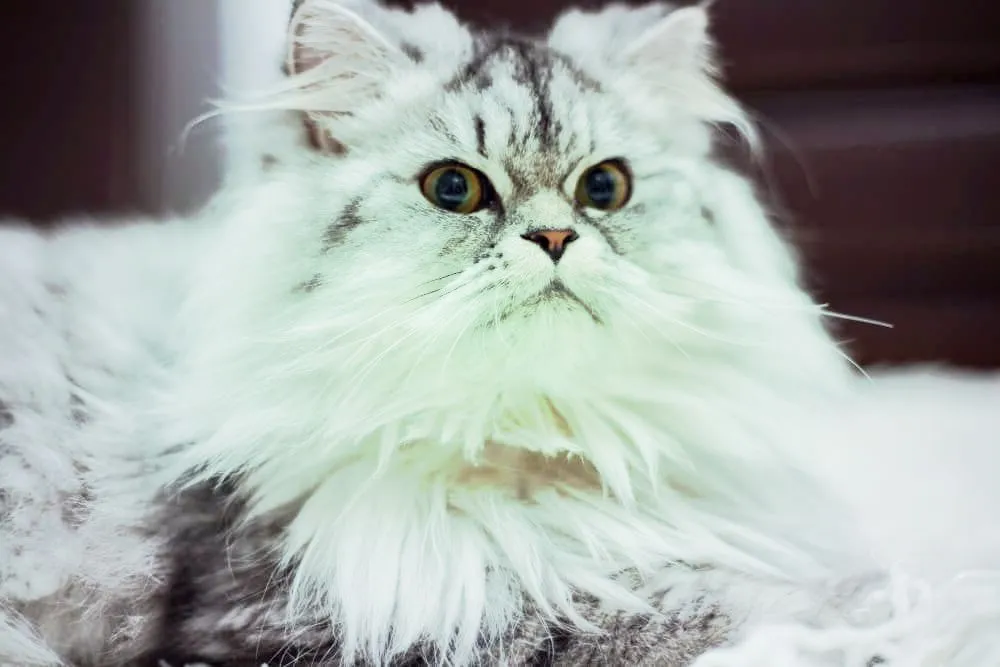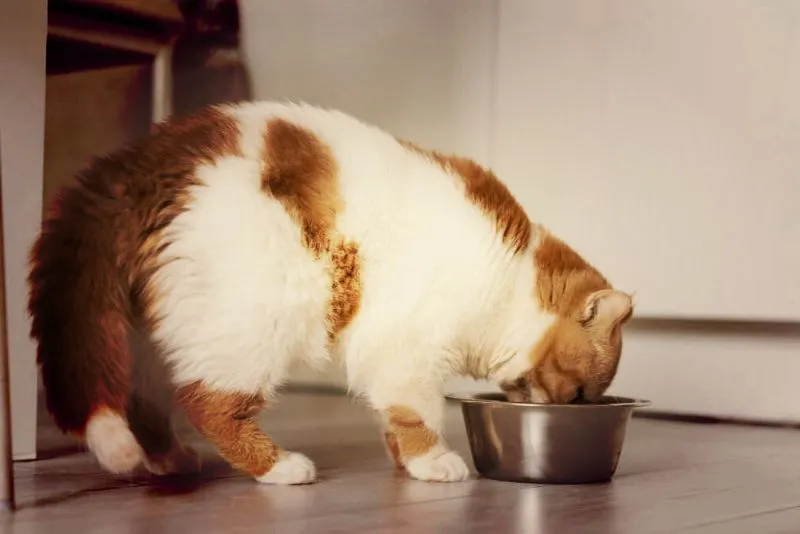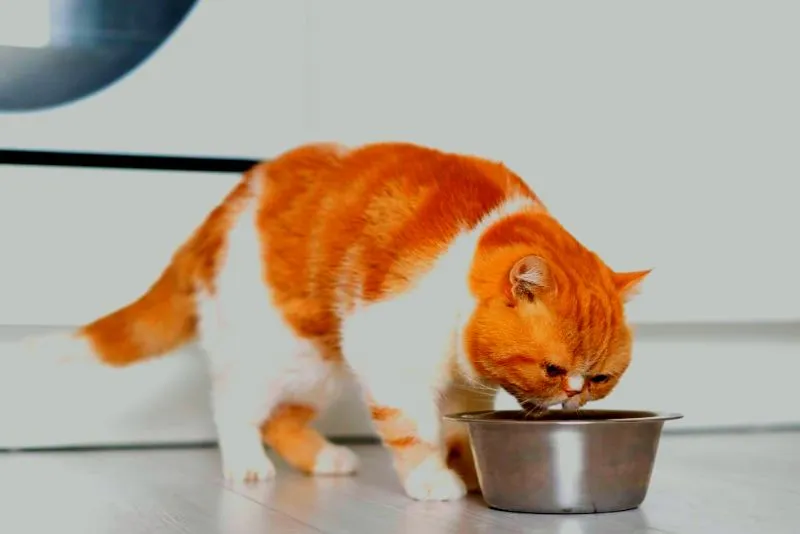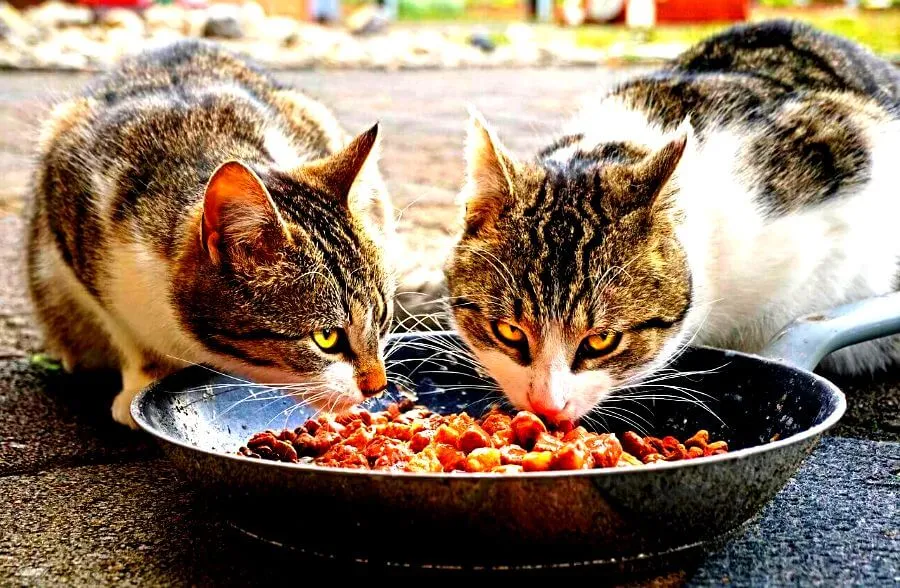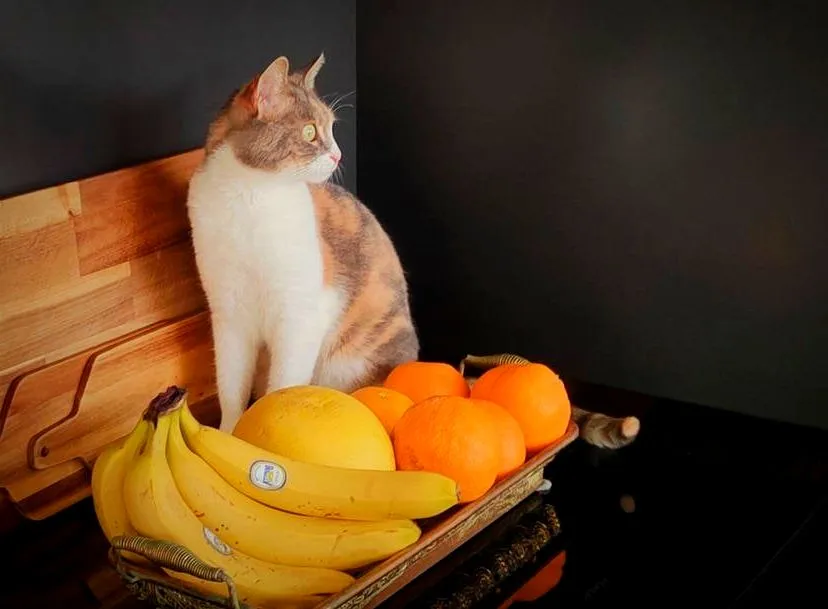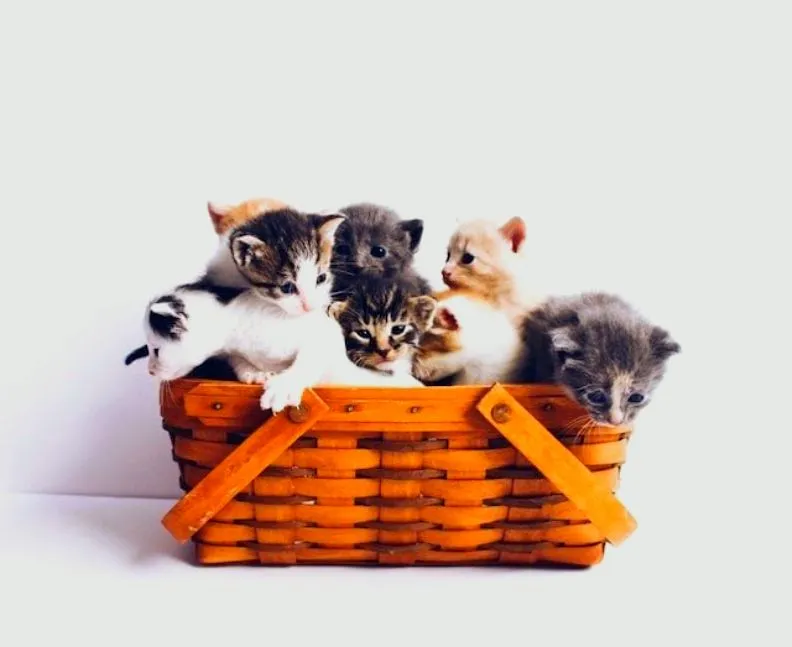
A cat goes through distinct life stages, including kittenhood, adolescence, adulthood, and the senior years. Cats mature quickly, reaching adulthood between 6 months and 2 years old, and their life expectancy can range from 15 to 20 years or more, depending on their breed and general health.
The early stages of a cat’s life are filled with rapid growth and development, while their adult years are characterized by established routines and behaviors. As senior cats, they may experience certain age-related health issues and require additional care and attention.
Understanding the different life stages of a cat is crucial for providing them with proper care and ensuring their overall well-being.
How Old Is My Cat?
Cats go through various life stages, just like humans do. One important question that many cat owners have is, “How old is my cat?” Determining a cat’s age can be challenging, especially if you’ve adopted a stray or rescued a cat from a shelter.
However, there are a few indicators that can help you make an estimate. In the early stages of a kitten’s life, their teeth can provide some insight into their age. Kittens start losing their baby teeth around three months old, and their permanent teeth come in at six months old.
As a cat grows older, observing their physical appearance and behavior can give you an idea of their age. For instance, a cat with bright, clear eyes and a sleek coat is generally younger, while a cat with cloudy eyes and a thinner coat may be older.
However, it’s important to note that these are just general guidelines, and consulting with a veterinarian can provide a more accurate assessment. Understanding your cat’s age can help you provide appropriate care and ensure their well-being throughout their various life stages.
Kitten: Birth to 6 Months
Kittens are the adorable furballs born into this world, and during their first six months of life, they go through rapid growth and development. From the moment they open their eyes, these tiny bundles of joy rely on their mother for nourishment and protection.
During this stage, it is crucial to provide them with a warm, safe environment where they can explore and grow. As they reach around four weeks old, kittens begin to explore their surroundings, clumsily pouncing and playing.
Their diet transitions from solely relying on their mother’s milk to being introduced to solid foods. By the time they reach six months, kittens are usually fully weaned and have developed their own unique personalities. This stage establishes the foundation for their overall well-being and behavior as they transition into adulthood.
It is important to provide proper care and attention during these crucial months to help them thrive and become healthy, happy adult felines.
Junior (7 months–2 years)
During the junior stage, which lasts from around 7 months to 2 years of age, cats experience significant growth and development. At this stage, they are filled with boundless energy and curiosity, exploring their surroundings with great enthusiasm.
Junior cats are often known for their playful antics and mischievous behavior. They engage in frequent bouts of running, jumping, and wrestling, honing their coordination and physical abilities.
This is also a crucial period for socialization, as they learn important feline communication skills from their mother and littermates. Junior cats may also begin to establish their territories and assert their independence.
It’s important to provide them with plenty of toys, scratching posts, and interactive playtime to stimulate their active minds and bodies. Proper nutrition is vital during this stage to support healthy growth and development.
Junior cats require a balanced diet that meets their nutritional needs. With proper care and attention during the junior stage, cats can grow into healthy and well-adjusted adults.
Adult (3–6 years)
The adult stage of a cat’s life typically spans from 3 to 6 years. During this time, cats reach their full size and weight, and their bodies are fully developed. Adult cats are usually more independent and less energetic compared to their kitten counterparts.
They have established their own routines and preferences when it comes to eating, sleeping, and playing. Adult cats also tend to be more social and enjoy interacting with their human companions. It is important to provide adult cats with a balanced diet and regular exercise to keep them healthy.
Regular veterinary check-ups are also essential to monitor their overall well-being and detect any potential health issues early on. As cats enter their adult stage, it is crucial to provide them with a nurturing and stimulating environment to ensure their physical and mental well-being.
Mature (7–10 years)
The mature stage of a cat’s life typically begins around 7 to 10 years of age. During this time, cats experience a variety of changes, both physically and behaviorally. One noticeable change is that they tend to become less active and more inclined to spend time relaxing and cuddling.
Their metabolism starts to slow down, which means they may require a different diet to maintain a healthy weight. Additionally, as cats age, their immune systems may weaken, making them more susceptible to certain health issues. It is crucial for cat owners to provide regular veterinary check-ups and monitor their cat’s diet and exercise to ensure their continued well-being.
Despite these changes, mature cats can still lead happy and fulfilling lives with plenty of love and care from their human companions.
Senior (11–14 years)
As cats enter their senior years, which typically begin around the age of 11 and can last until about 14 years old, they may start to experience certain changes and challenges. Similar to humans, aging can affect a cat’s overall health and well-being.
While some senior cats may still be active and spry, others may start to display signs of slowing down. They may sleep more frequently and become less active, possibly due to muscle stiffness or joint pain. Additionally, senior cats may show a decreased interest in food or experience dental issues that make eating more difficult.
It’s crucial to provide them with a well-balanced diet and regular veterinary check-ups to monitor their health and address any issues that may arise. By understanding the unique needs and challenges faced by senior cats, we can ensure they have a comfortable and happy life in their golden years.
Super Senior (15 years and older)
Super Senior (15 years and older) As cats enter their super-senior years, they require even more attention and care. At this stage, their bodies may begin to show signs of aging, such as decreased mobility and cognitive functions. It is crucial to provide them with a comfortable and safe living environment, ensuring easy access to their favorite spots.
Providing a nutritious diet tailored to their specific needs can help maintain their overall well-being. Regular veterinary check-ups become even more important to detect any health issues early on. Senior cats may also require additional support, such as joint supplements or medications for arthritis.
Grooming sessions should be gentle and mild, considering their sensitive skin. These golden years are a time to cherish and celebrate the love and companionship these feline friends have brought into our lives. By understanding their changing needs and providing the necessary care, we can ensure their comfort and happiness in their twilight years.
A Final Word for the Life Stages of a Cat
From the playful and curious kitten phase to the serene and wise senior stage, a cat’s life journey is filled with remarkable transformations. Understanding the different life stages allows us to provide the best care for our feline companions throughout their lives.
Whether it’s ensuring their health, fostering their socialization, or accommodating their changing needs, being aware of these stages will enhance our bond with our furry friends. So, embrace each stage, cherish every moment, and let your cat’s journey unfold beautifully.

